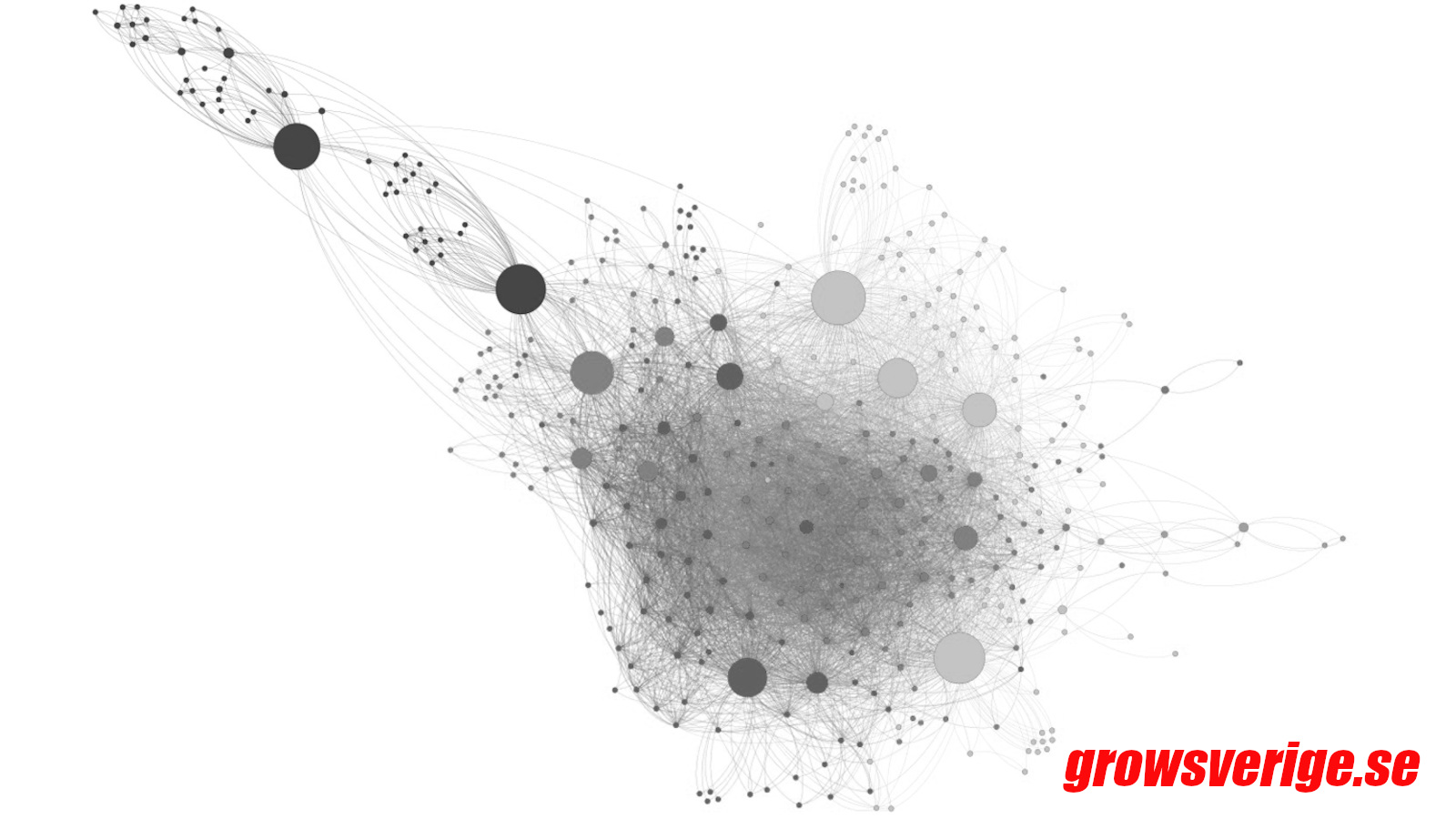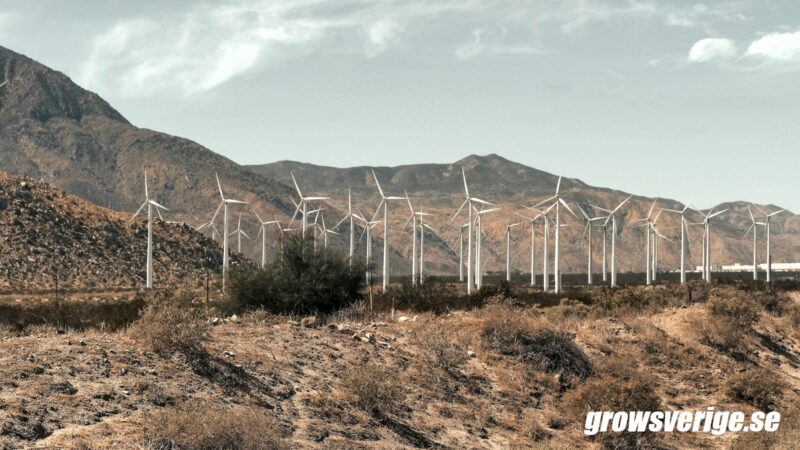Vad händer
Kontext
Orsaken till att utsläppen från energisektorn väntas falla är att ökningen av solenergi och vindkraft växer snabbare än efterfrågeökningen.
“This marks the point where power sector emissions stop rising”
And if this projection is right, then 2023 is the year when the power sector emissions start going down instead of up – and everybody will see that’s not a fluke. It’s very foreseeable. It’s obvious that at some point the growth of the renewables overtakes the growth of our system as a whole, and emissions start coming down.
So when that actually happens, it’s the first major global emitting sector to go into emissions reduction instead of growth. I think there’s a good chance that this could be a tipping point in our political and social confidence that we can actually get a grip on this problem.
BBC Future: The clean energy milestone the world is set to pass in 2023
Vad har det för betydelse
beyond the tipping point, actually, it’s reversed and the momentum is with the new technology. It’s growing fast, and it’s benefiting from these really strong, reinforcing feedbacks – the more people buy it, the more people invest in it, its cost comes down, it improves, and then more people want to buy it, and this keeps going around and around. Once you’re past that tipping point, the transition tends to accelerate.
A third tipping point, which we’re coming up towards, is when renewables plus energy storage become cheaper than coal and gas power. There’s a piece of analysis from researchers at Exeter University which predicts that by the end of this decade, solar power plus storage will be half the cost of coal in big markets, in the EU, China, India, Japan, the US. So actually, we’ll cross that tipping point really soon in the next few years.
BBC Future: The clean energy milestone the world is set to pass in 2023





